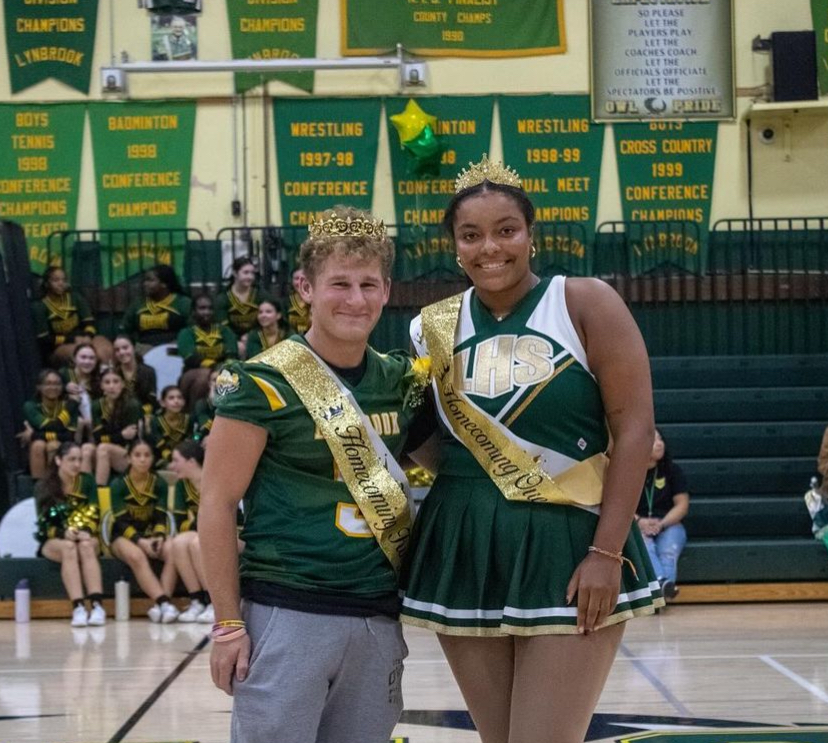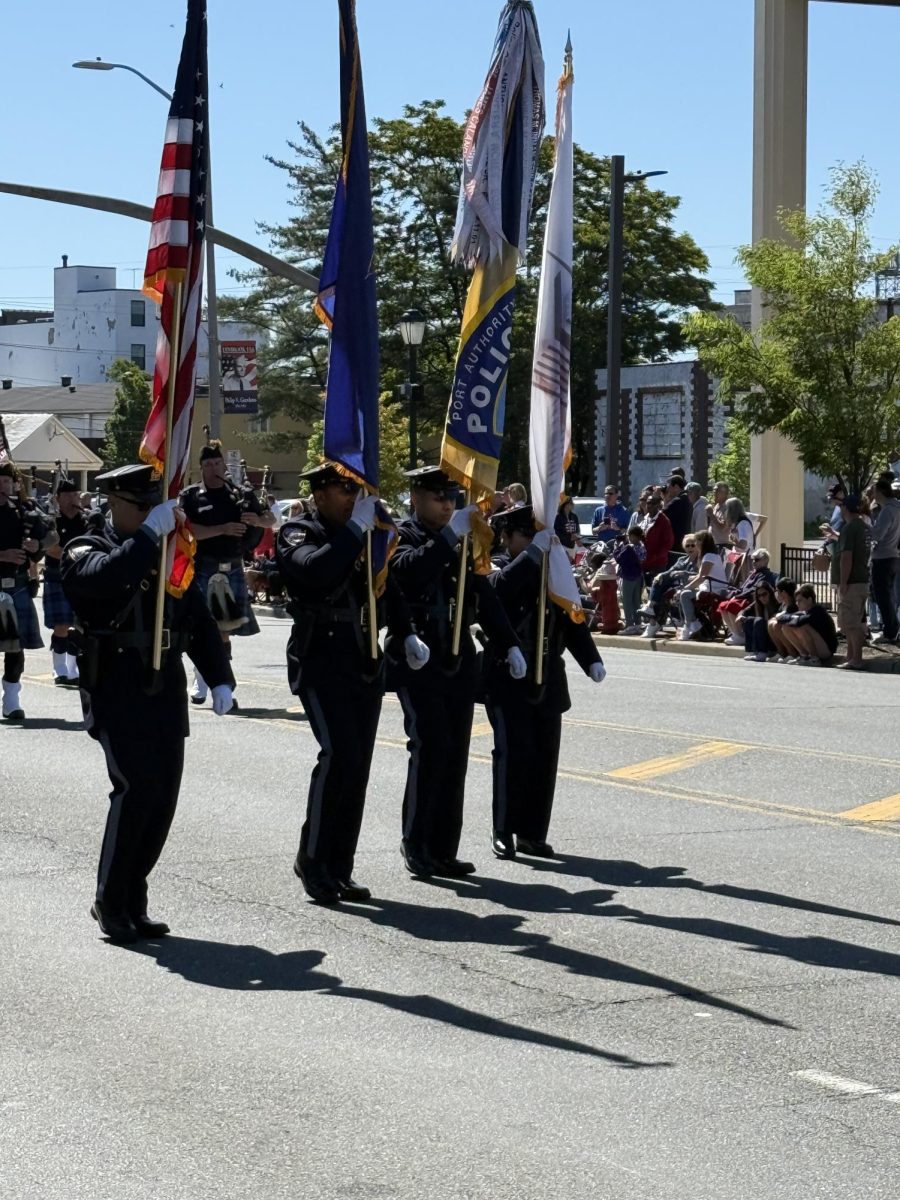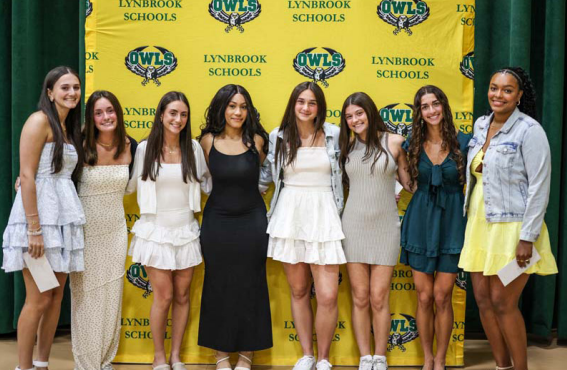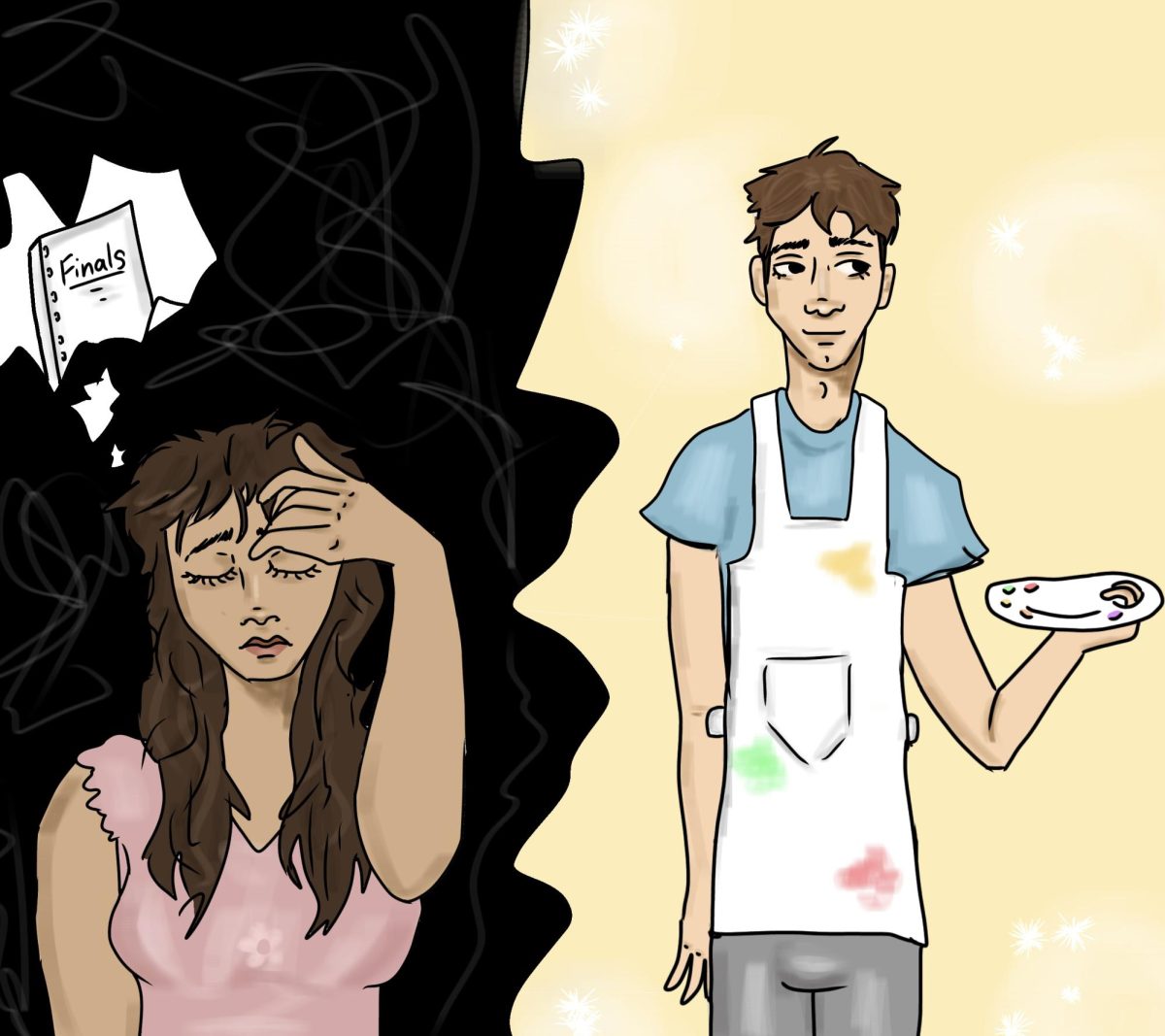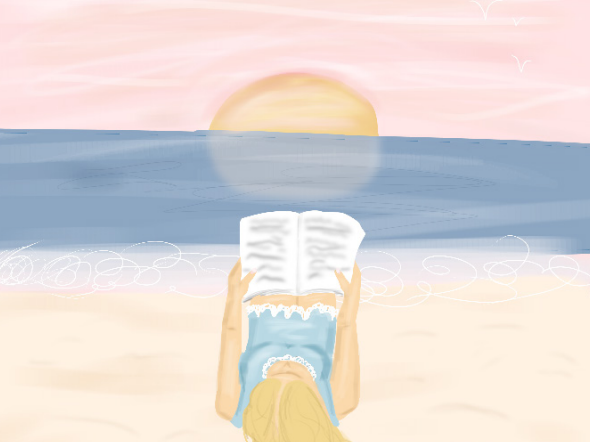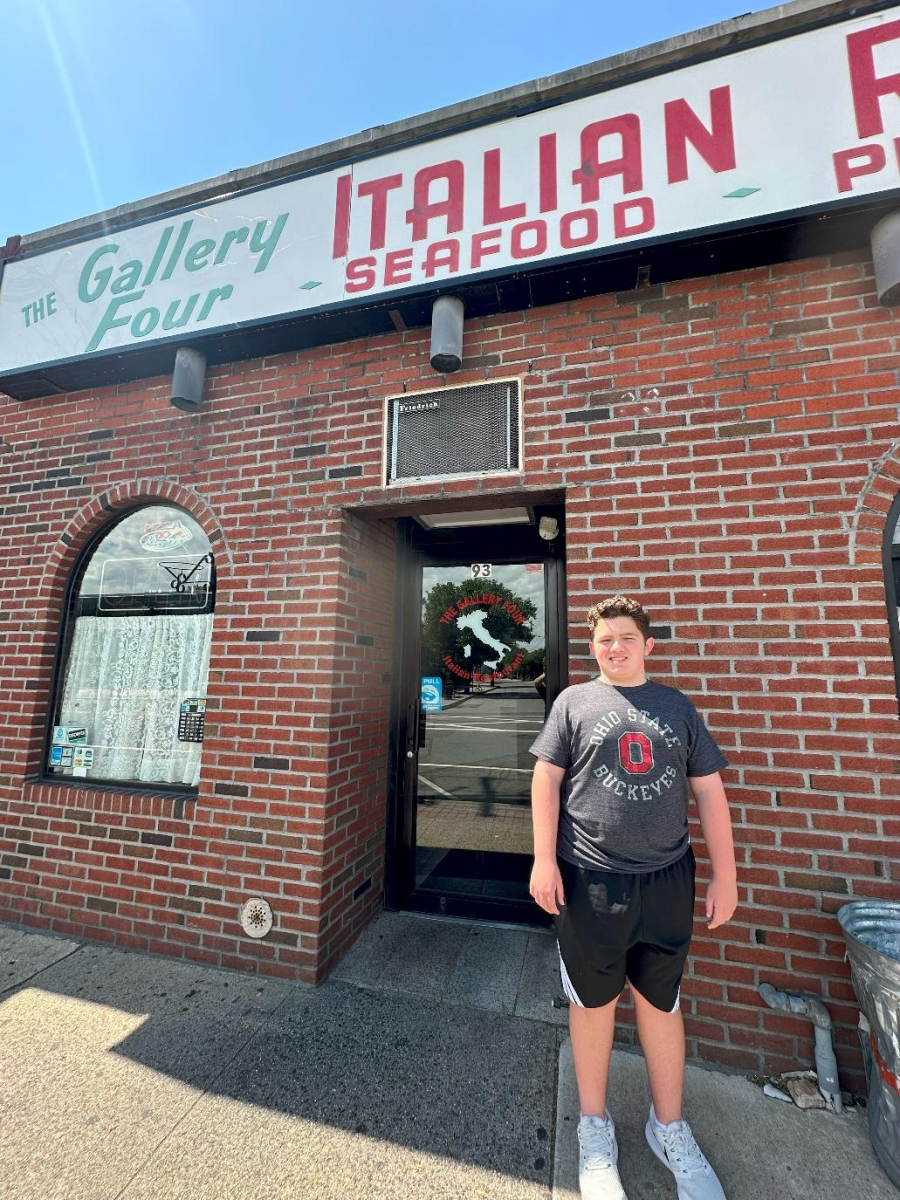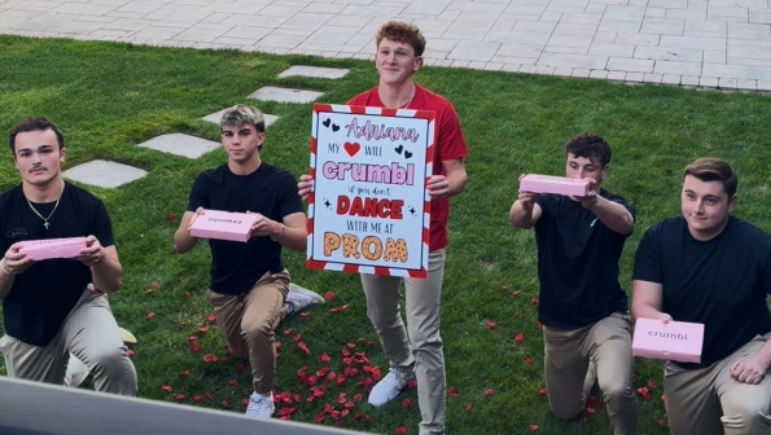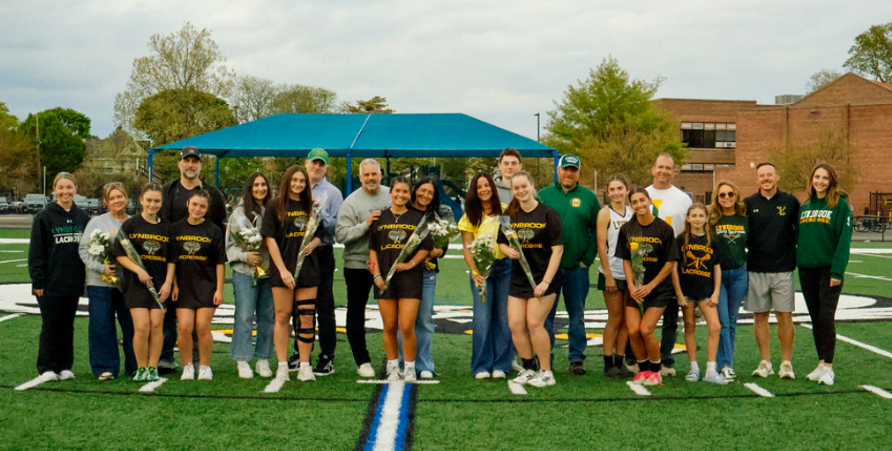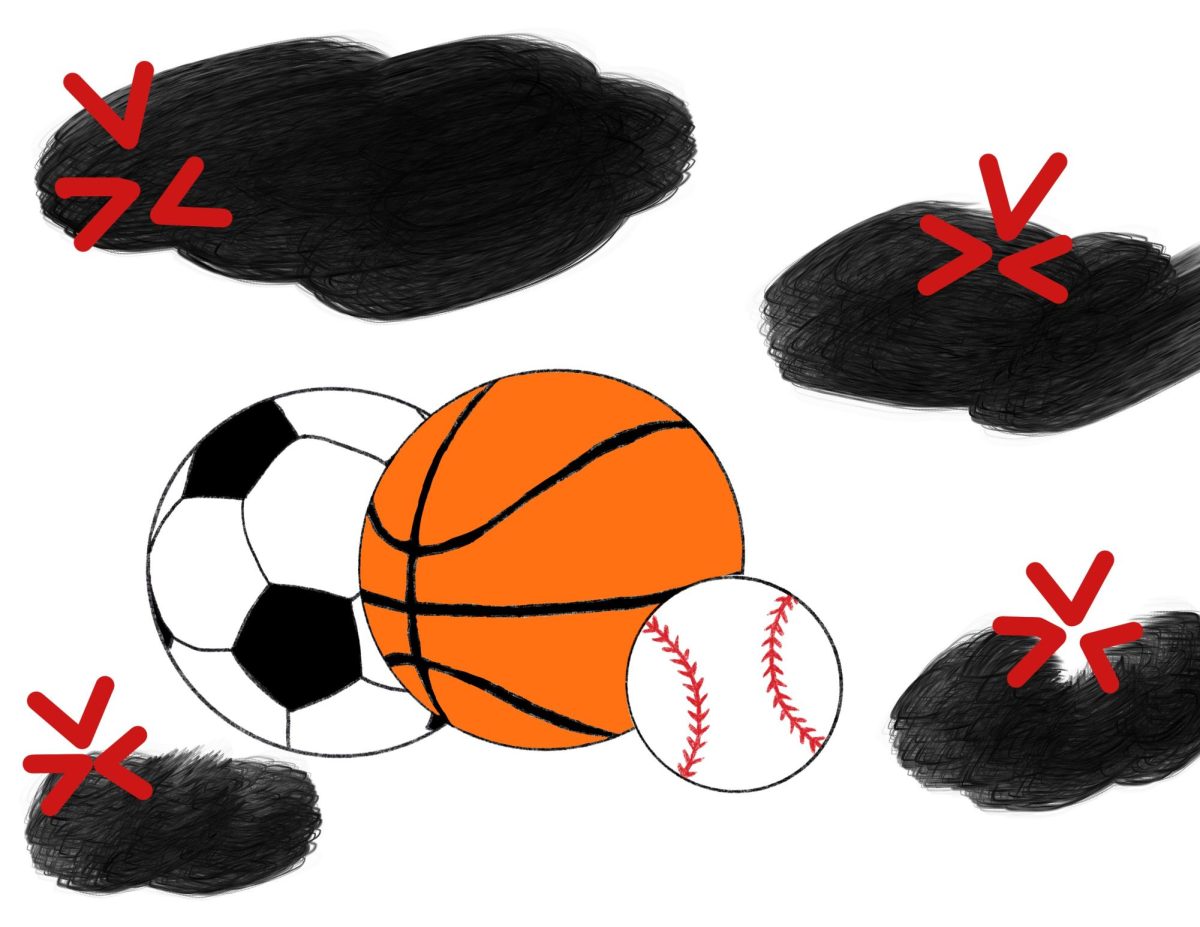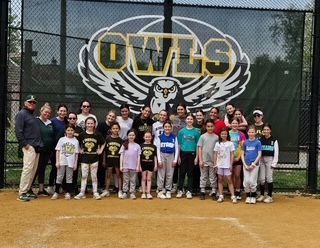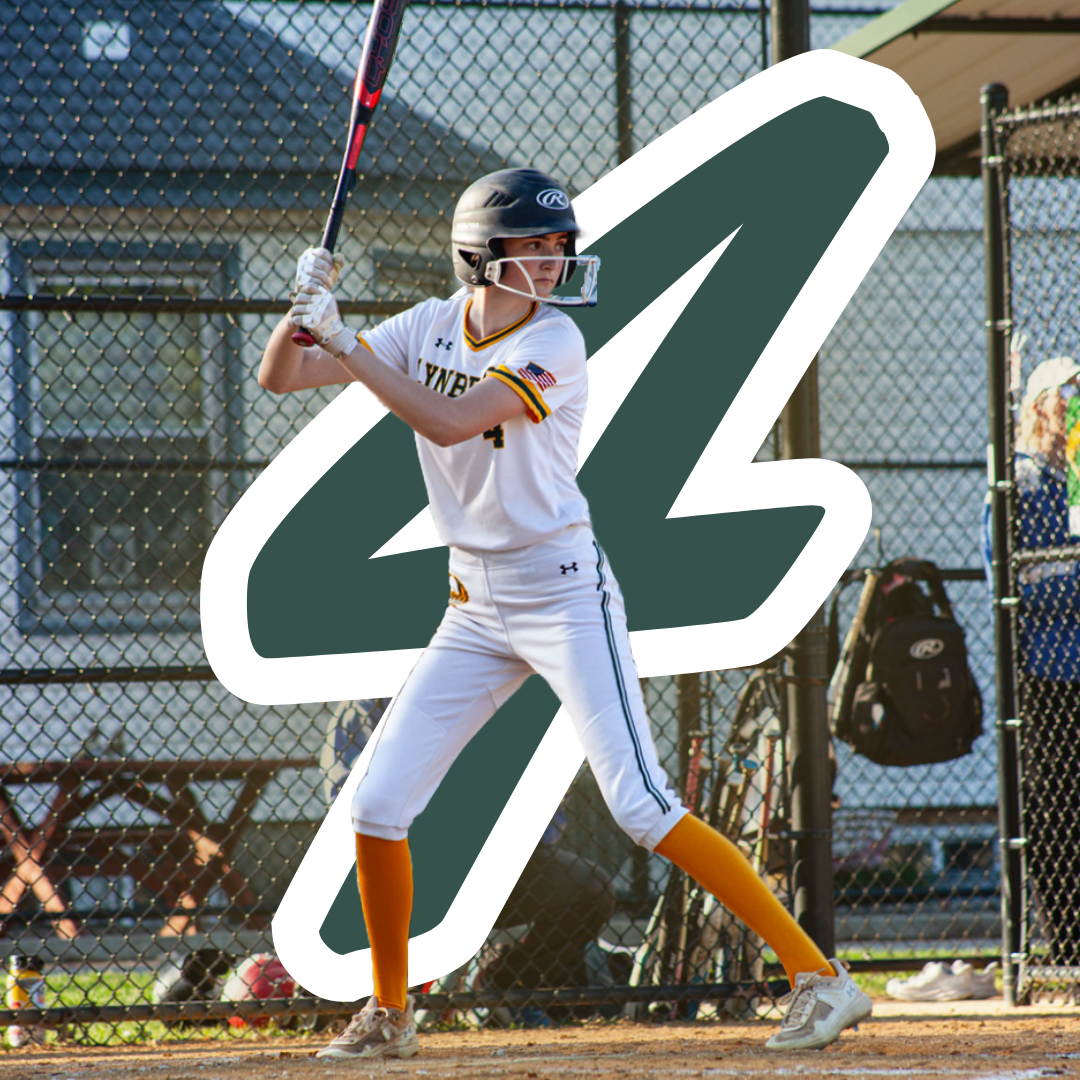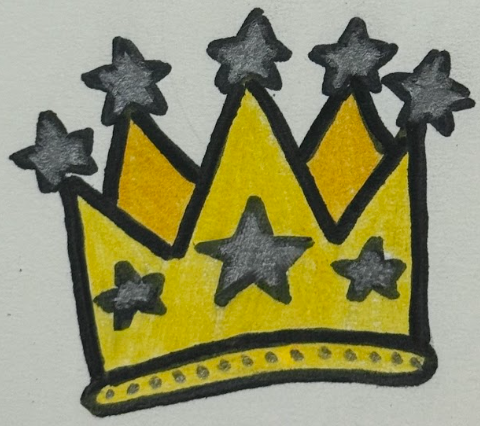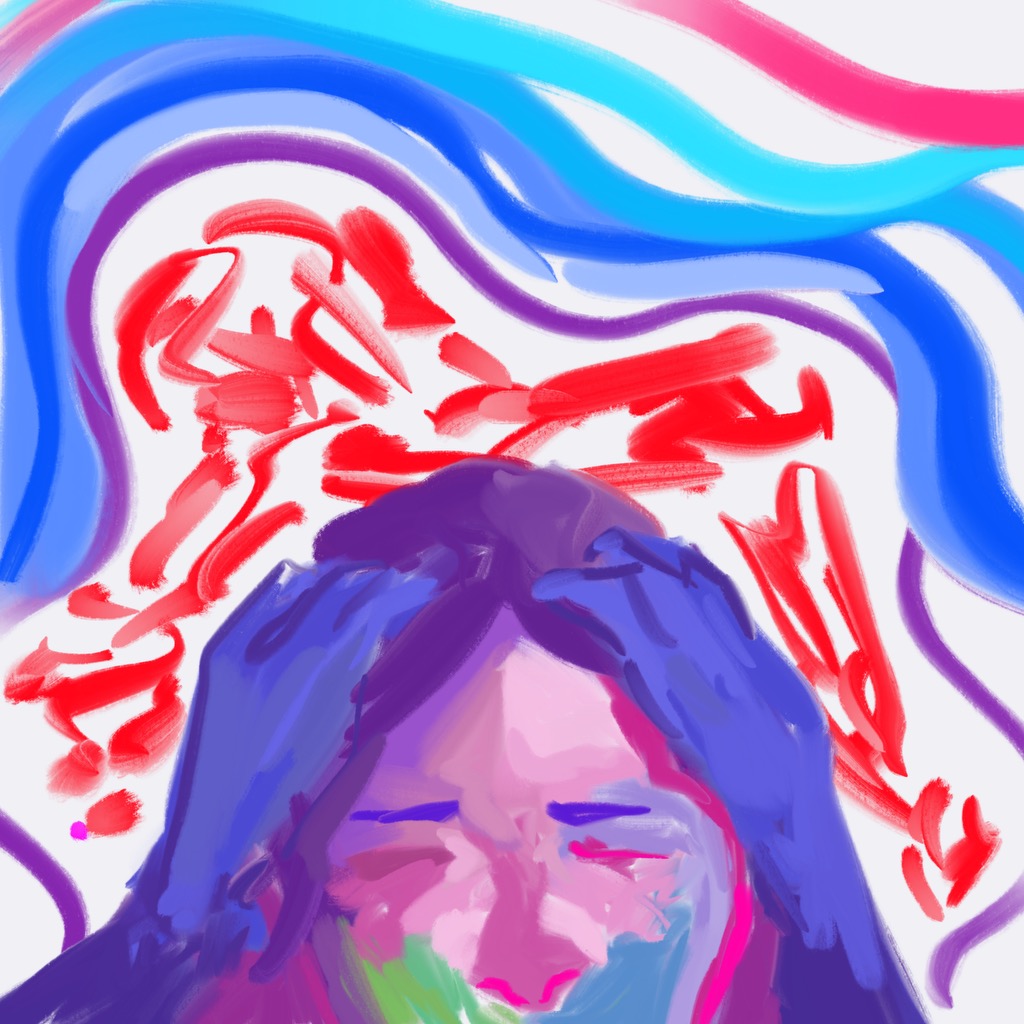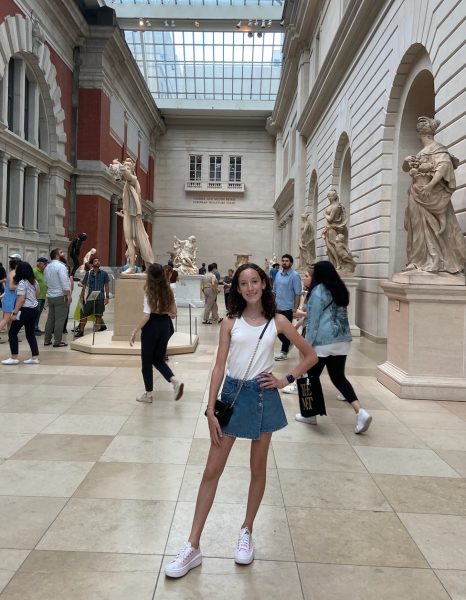Upon starting at LHS, many freshmen are highly intimidated by all the challenging courses. Science research students often carry extra academic weight on their shoulders, being introduced to new and unfamiliar material, including computer programs and equations. Students learn how to work together, succeed, and help each other when things go wrong. “When first joining science research, it was one of the most overwhelming classes. However, [science research teacher Kathleen] McAuley thoroughly guided us through the whole process. It was extremely exciting, knowing how far people have gone through research, as well as seeing everyone’s accomplishments,” freshman Jessie Vuotto commented.
On Tuesday, Jan. 30, freshman researchers submitted to their first competition: ExploraVision. ExploraVision requires writing a future-based hypothetical paper that will benefit society. Out of thousands of competitors, the first-place prize is only awarded to four teams. First-place winners receive a grand prize of up to $10,000. Also, the winners go to Washington D.C. for a weekend and meet Bill Nye, a famous engineer and television host. ExploraVision is a very prestigious competition that is well-known among many young researchers.
Students worked in teams, and several projects were medical-based, including hypothetical cures for scoliosis and cancer. Scolio-Bot, the futuristic cure for scoliosis, was created by freshmen Kelsey Ambrosio, Shannon Bludoy, Lyla Gaffoor, and Charles Podlaski. Scolio-Bot moves up and down the spine, utilizing magnets to attract areas in the spine with a deficiency in calcium and vitamin D. It would be sold in many different colors, patterns, and even inside of stuffed animals to ease the anxiety of scoliosis-affected children. Depending on the intensity of the scoliosis, the treatment would only take between two to six months. This process will allow patients to participate in sports and activities.
 Neuroblast, a cancer-killing robot, is an invention targeted toward patients with seriously infected cancerous cells. This team consisted of freshmen Asher Abir, Samantha Horowitz, Olivia Ramirez, and Jessie Vuotto. It involves a nanobot containing chemotherapy. The bot would travel through the circulatory system, targeting neuroblastoma cells without affecting healthy cells. By doing this, Neuroblast would reduce the side effects given from chemotherapy. This would result in healthy, normal-functioning cells.
Neuroblast, a cancer-killing robot, is an invention targeted toward patients with seriously infected cancerous cells. This team consisted of freshmen Asher Abir, Samantha Horowitz, Olivia Ramirez, and Jessie Vuotto. It involves a nanobot containing chemotherapy. The bot would travel through the circulatory system, targeting neuroblastoma cells without affecting healthy cells. By doing this, Neuroblast would reduce the side effects given from chemotherapy. This would result in healthy, normal-functioning cells.
Submitting to ExploraVision was a challenging task, and students put hours of their time into the projects. “I know that students experience overwhelmingness as they submit to their first-ever competition,” McAuley noted. “My favorite technique that I teach all students is ‘chunking.’ I encourage students to look at [their] deadline and work backwards, utilizing a timeline,” she added.
ExploraVision is just the beginning of freshman researchers’ journeys and is an exciting time for all. “I am very optimistic while watching my students click the submit button,” McAuley said. “I was ecstatic because I knew that I worked with a great team, and we wrote our paper to the best of our abilities,” Ramirez remarked. The research department wishes the best of luck to all teams.

